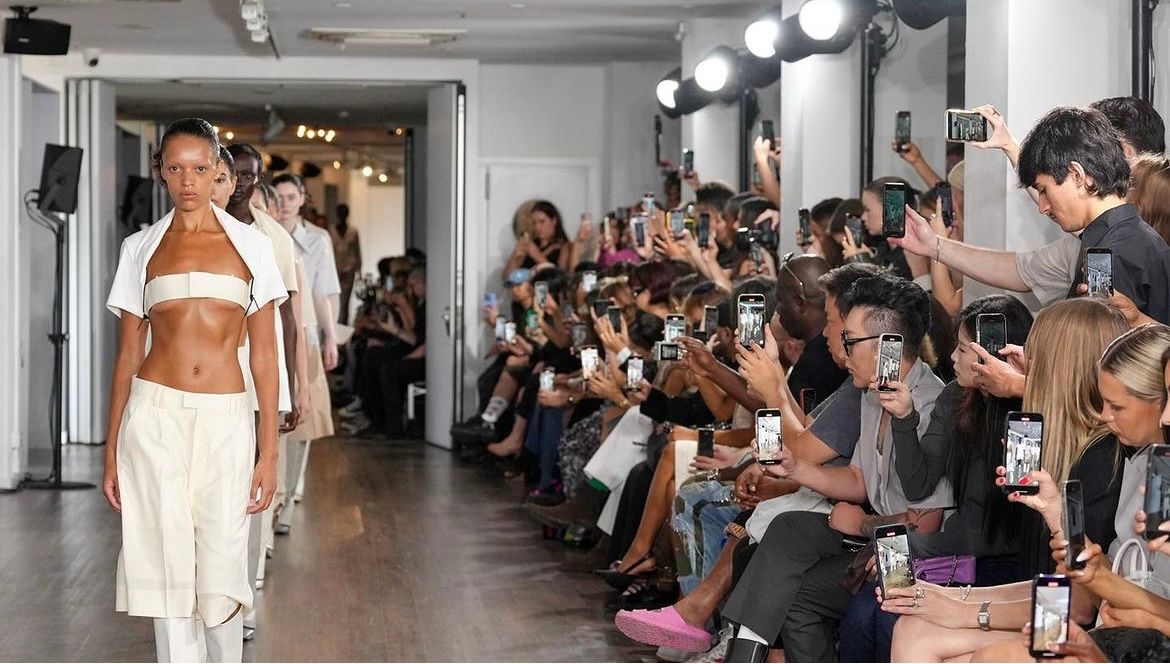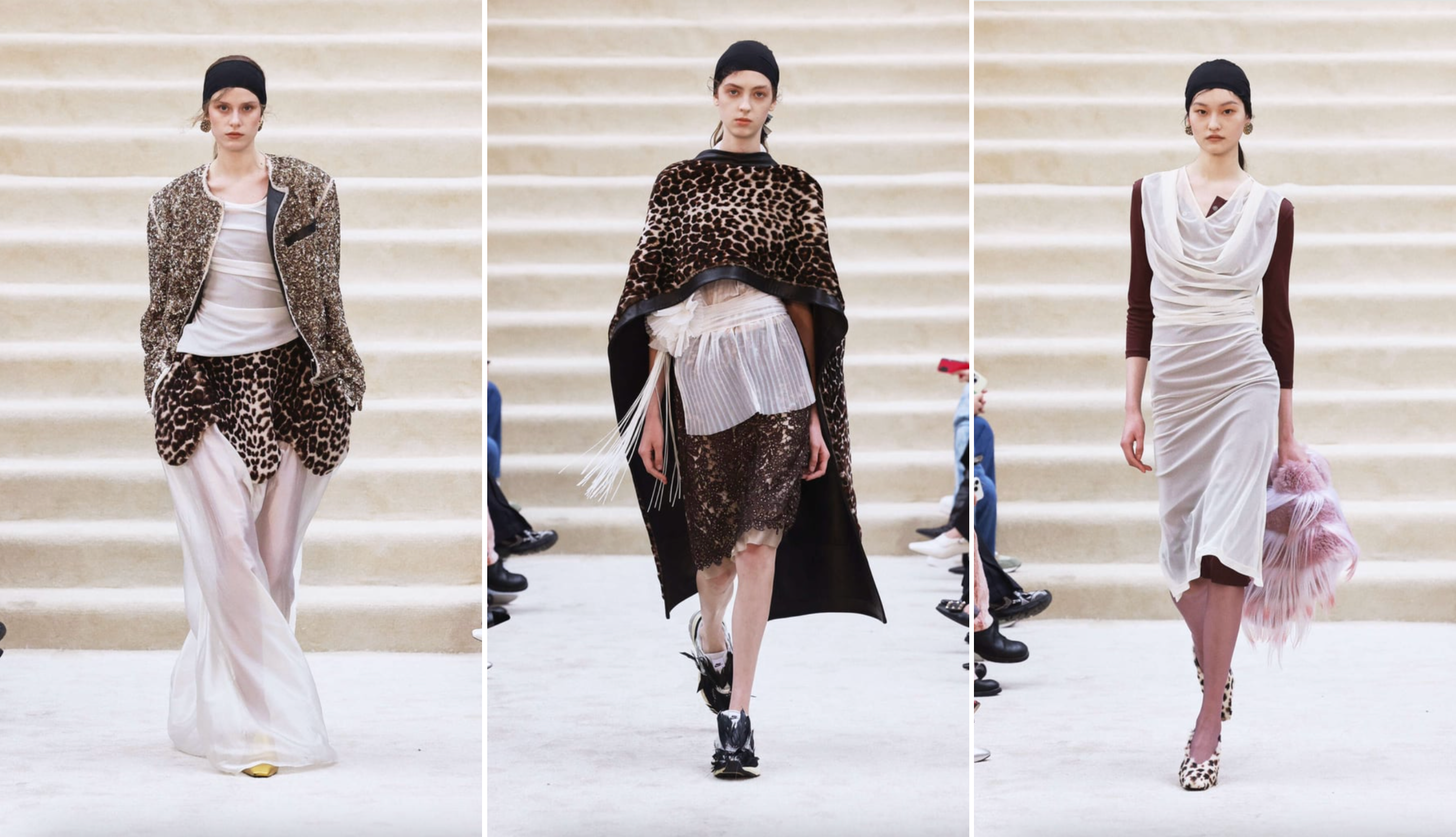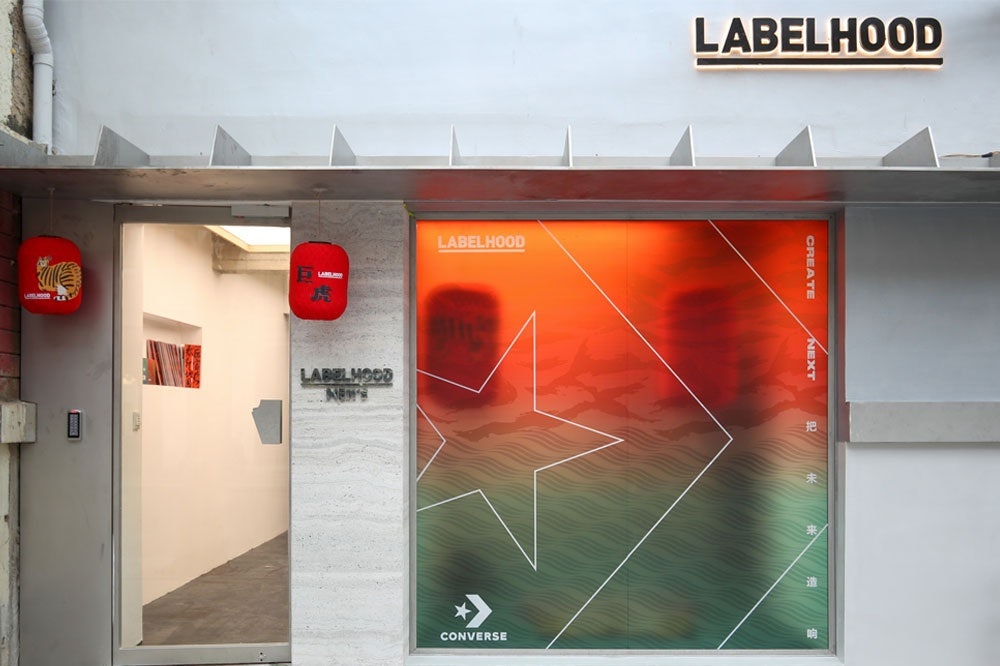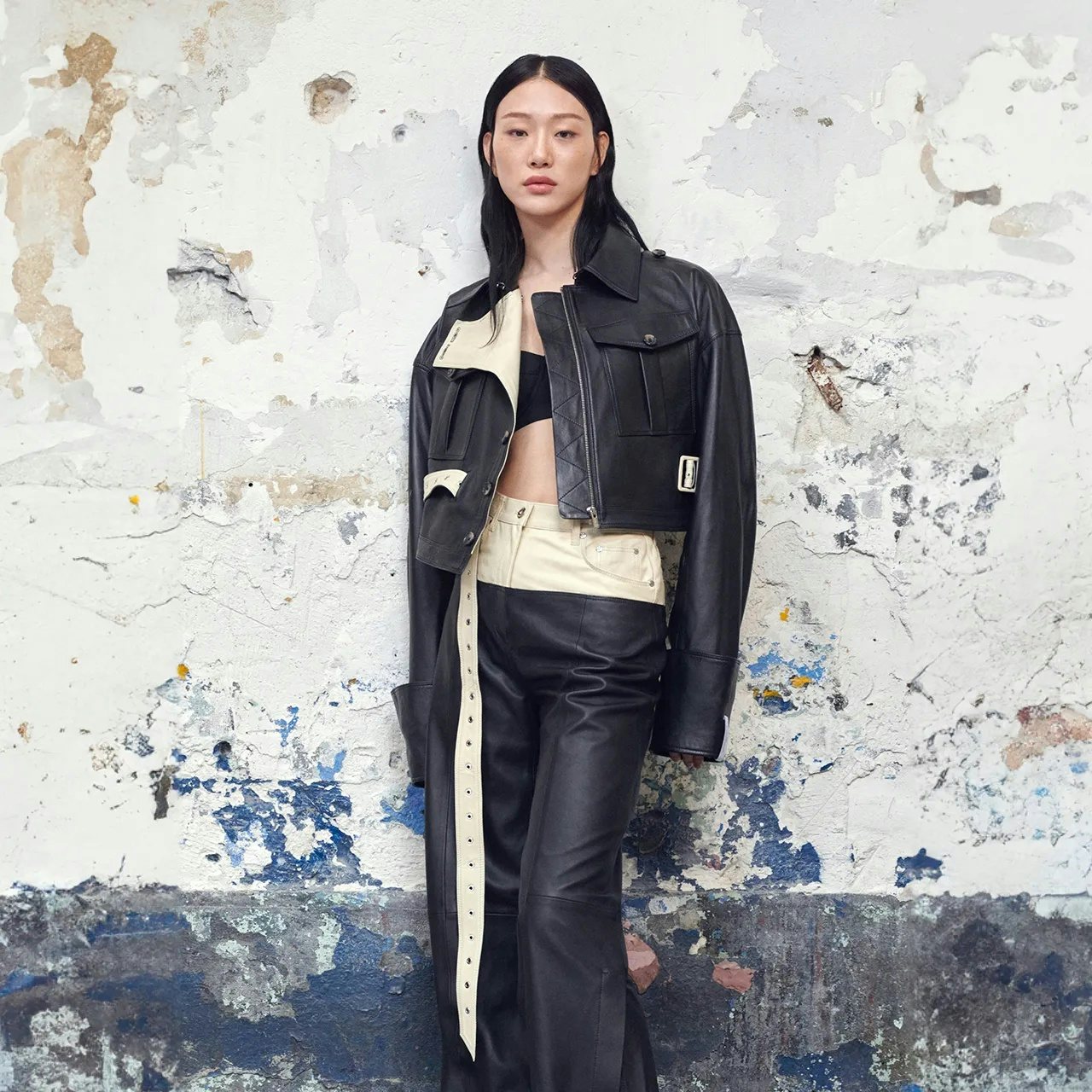


With post-pandemic consumer spending down and business costs on the rise, China’s current fashion arena is a lucky dip, determining who can stay afloat — let alone make it big.
No one understands this opportunity more than the mainland’s new cohort of independent designers, who are building their brands against a backdrop of economic uncertainties both locally and worldwide.
“The current global market is challenging, and particularly so for new-to-market and emerging brands,” says Ashley Smith, founder of London-based PR agency The Lobby which respresents a handful of Chinese designers. “The media landscape has also changed, and the availability of earned opportunities continues to become increasingly competitive.”
This new vanguard of Chinese creatives is feeling the strain. Searching for a lifeline, they’re leaving their mainland nests and flocking to the glitzier — and better-supported — fashion hubs of Paris, New York, and London to save their businesses.
The list includes Zhong Zixin, Rui Zhou, and JE Cai’s Jiaen Cai, one of The Lobby PR’s clients. They are casting wider nets to strengthen their ties with Western consumers and gain international recognition.
“The Chinese market has traditionally focused on labels and big luxury houses, in comparison to London which is seen as a creative hub,” Cai tells Jing Daily.
The designer hosted his first in-person runway at London Fashion Week SS24, before returning to China to present his AW24 collection during Shanghai Fashion Week. Branching out was a strategic choice, Cai says, which “gives J E Cai a wider footprint and means the brand can’t be shoehorned into one lane or towards one consumer.”
But bagging fashion week slots come at a cost. Today, a 15-minute runway show on one of the big four calendars can set a designer back at least tens of thousands of dollars.
Accelerators such as the British Fashion Council’s Newgen and the CFDA’s Scholarship fund provide bursaries to help facilitate showcases, but they rarely cover the full expense.
And for those choosing to showcase in their home country, it usually isn’t much cheaper.
“Costs mainly include the use of the showroom and artistic construction, show director and casting director fees, modeling fees, model styling and make-up, show PR and other creative staff labor, and PR gifting fees,” Hu Nan, founder of Chinese knitwear label Nan Knits, tells Jing Daily.
Even brands like Jacques Wei, helmed by Shanghai-based Donghui Wei and stylist Austin Feng, which topped $1 million in sales last year, are having to base their fashion week budgets on the number of orders generated by previous collections.
There’s so much pressure on young brands to follow a blueprint of showing at fashion week every season.
It’s a dilemma many young designers face today: Do they continue showing at fashion week to stay relevant, or skip the calendar to save on funds? “There’s so much pressure on young brands to follow a blueprint of showing at fashion week every season,” says Cai.

With bootstrapping for many now a pipe dream, China’s creatives are relying on dedicated programs to help bankroll their businesses.
Labelhood, founded in 2016 by entrepreneur Tasha Liu, is giving small brands like Xi’an-based menswear label Chén Sifān and Nan Knits that all-important leg-up in the industry.
The initiative’s incubator programs, B2B partnerships, mentorships, and five physical retail locations across China have helped propel brands including Mark Gong, Pronounce, and Xander Zhou to the mainstream stage.
Nan says that Labelhood’s support helped his brand quickly gain recognition within the industry. “[The platform] provided me with a lot of opportunities for business cooperation, and I learned quickly from interacting with mature brands,” he adds.
But the mainland’s support network still can’t compete with the likes of London’s, says Cai, which is what drew him to the city in the first place. Cai also noticed an increasing appetite among Western players for new Chinese talent during this season’s Shanghai Fashion Week. “It was refreshing,” he says.

For those fresh out of fashion school, transforming their work into viable careers is a whole new ball game.
“Whether it’s domestic or foreign design schools, the focus of training designers is on creativity rather than business,” says Nan. “With little understanding of the commercial market, it is a risky move for all of us to evolve our graduation work into a personal emerging brand.”
Learning that business know-how can be the biggest challenge, remarks Jacques Wei’s co-founder Donghui Wei. “Making a beautiful collection and making a successful brand require two completely different directions, often involving a lot of management and financial knowledge,” he adds.
Then there’s the onus of keeping a company alive. “The biggest challenge is still how to balance the income and expenditure without overspending and operating smoothly,” says Nan, who counts day-to-day running costs, rent, paying salaries, public relations activities, and advance payments on bulk raw materials as his main expenditures.
“As an independent brand, one of the more difficult areas is PR,” adds Wei. “We don’t have much budget to support areas such as celebrity and KOL dressing or seeding.”
For designers still anchored in China, they’re also having to get to grips with the mainland’s thriving — yet highly competitive — digital landscape. This year, Nan Knits will gradually begin operating on direct-to-consumer platforms, such as Taobao and Xiaohongshu, to help bolster local sales.
Cai is feeling the pressure to adjust too. “The wholesale market is currently very fragile, so in order to keep progressing, I’ve had to adapt quickly and look to my own D2C options for the coming season,” he says.

As a result of the tough market, several designers are teaming up with larger fashion institutions to keep their head above water.
Swedish fast-fashion giant H&M in particular is using its global voice to spotlight China’s local talent; last week, the company announced that it was establishing an in-depth partnership with Shanghai Fashion Week. The deal will see the brand release a collaboration collection with a Chinese fashion designer this fall.
For emerging designers struggling to make ends meet, it’s a smart business decision.
“These business collaborations can provide us with lucrative returns, alleviate the pressure on the brand’s long-term operations, and supplementally aid in the brand’s development,”
“These business collaborations can provide us with lucrative returns, alleviate the pressure on the brand’s long-term operations, and supplementally aid in the brand’s development,” says Nan, who has previously collaborated with Disney and Max Factor and has a number of other collaborative projects in the works.
But designers risk diluting their creative edge when partnering with a retailer of that commercial magnitude.
“I think it’s about balancing our vision and what we love to do, and also how to balance creating enough commercial products,” says London-based designer Susan Fang, who has launched collections alongside Victoria’s Secret and H&M Group-owned retailer & Other Stories. “We always wanted to be unique. So commercial products actually aren’t something easy for us; it’s something we have to put a lot of effort into.”

The cautious mood shared among China’s creatives is changing how they approach the industry. In Cai’s case, that means presenting his collections intermittently, rather than showing every season.
“I personally don’t set any strict requirements on myself in terms of following the emerging brand handbook,” he says. “You have to follow your own timeline and make smart economic decisions in order to survive.”
Nan also believes it’s about finding a balance that works for each individual designer, rather than trying to keep up with outdated expectations that don’t reflect the current climate.
“Being too idealistic or even too rational can lead to unpredictable results,” Nan says. “Under such economic instability and uncertainty, it is extremely important to be able to respond in a timely manner, to be determined, to adjust and to maintain a long-term business mindset.”